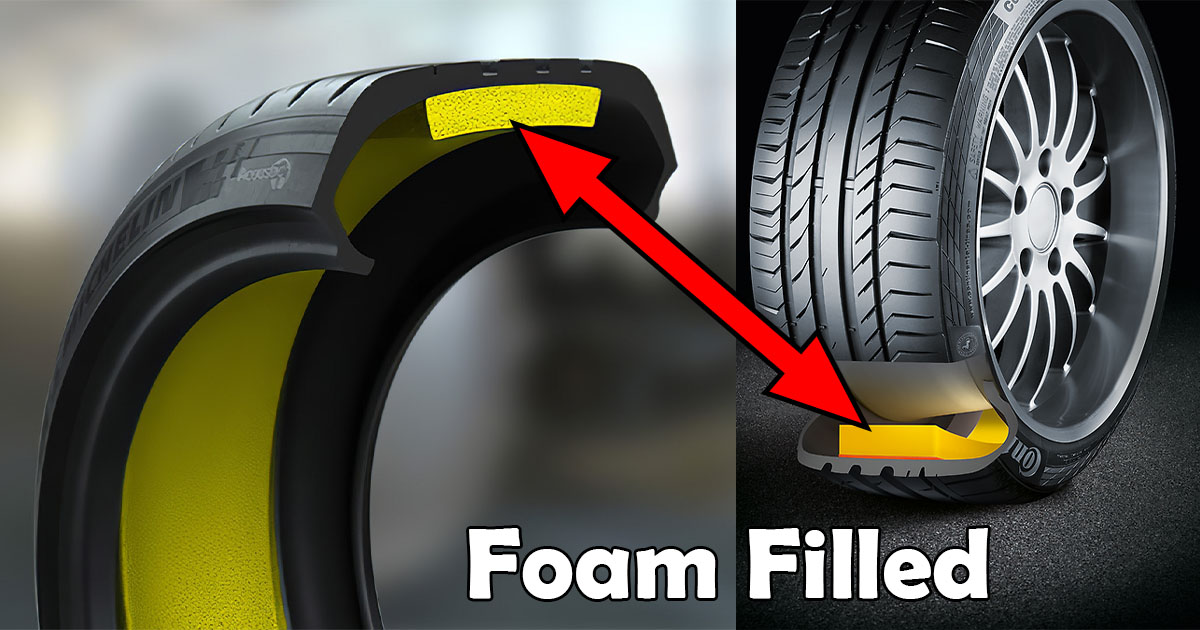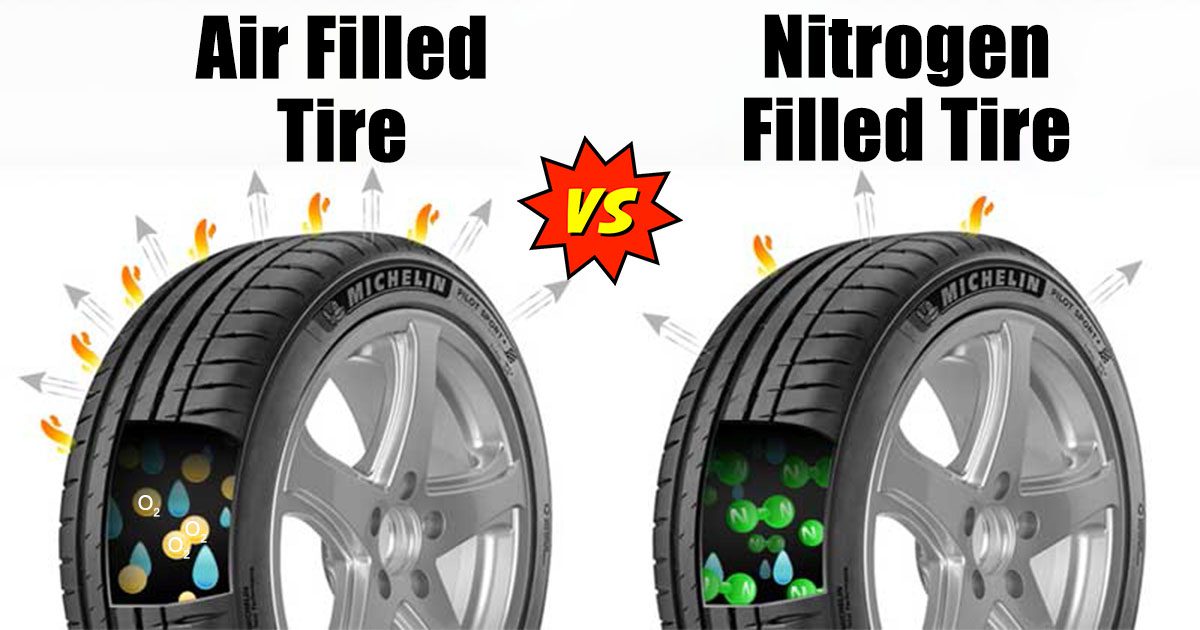
When it comes to your car, you may always be asking yourself vital questions like, “When should I change the oil?” “Is it time for a new oil filter? Is my tire pressure correct?” These are some excellent questions, but there are still different things to consider when it comes to tiers maintenance.
A vehicle’s tires are critical because they carry the vehicle’s weight and keep it moving. Having a well-maintained tire is essential for a pleasant driving experience. Routine maintenance, such as checking the tire pressure, should be performed regularly by the driver.
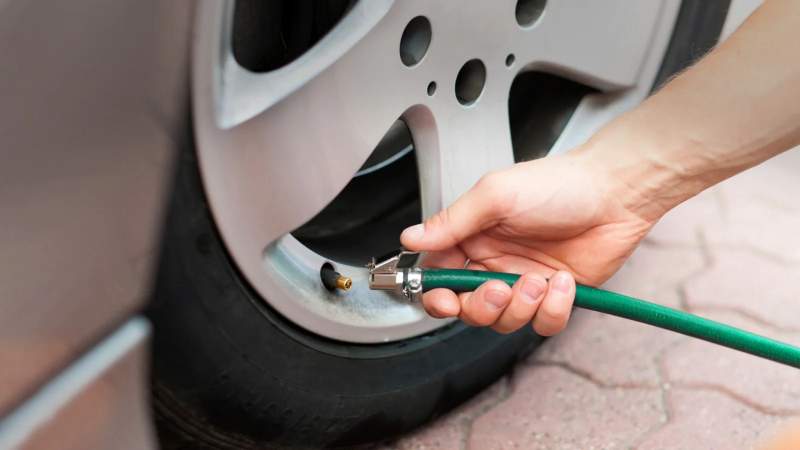
While we were on the subject of tire pressure, we’d like to bring you the discussion over nitrogen vs. air in tires. Nitrogen or regular air can be used to fill your tires. Choosing which one to use depends on many aspects.
Even while many drivers now prefer to use nitrogen, it may not be the best option for everyone. To have a deeper knowledge of nitrogen and air-filled tires, stay with us.
Nitrogen Filled Tires
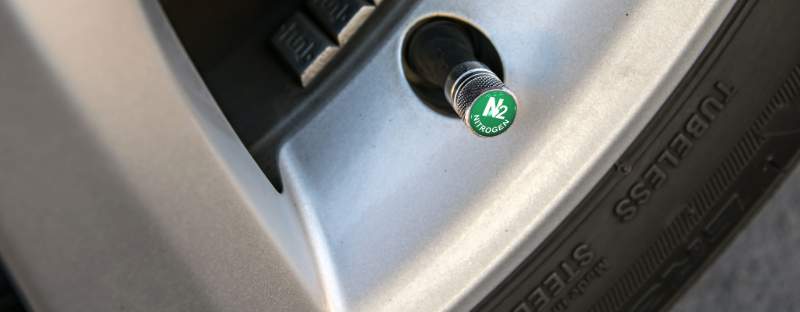
So, what is the purpose of using nitrogen? Nitrogen has always been utilized in its purest form since it is resistant to moisture and does not burn. Nitrogen is an inert (non-flammable) gas that is essentially dry air with the oxygen removed.
In reality, ambient air is composed of 78% nitrogen, 21% oxygen, and 1% other gases. Due to its inert characteristics, nitrogen is frequently employed in tire servicing applications. Let’s take a look at the main advantages and disadvantages of nitrogen usage in tires.
Advantages of Nitrogen in Tires
Many advantages can be gained by using nitrogen instead of regular air.
No Leak:
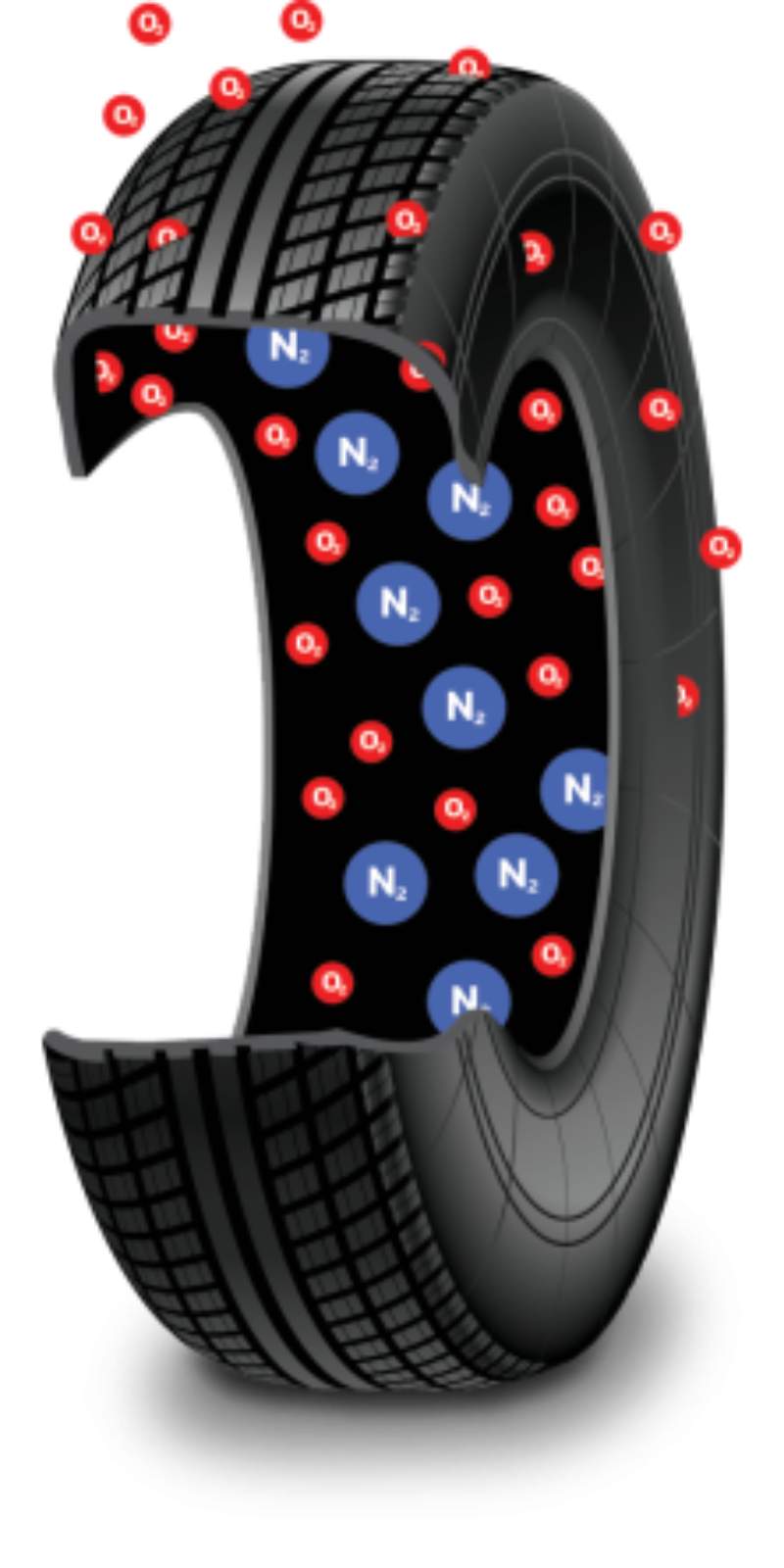
As the nitrogen molecules are too big to pass through the tires’ rubber, these compounds are formed. Consequently, your tires will remain steady, and their pressure will remain constant for an extended period of time.
Sustain Wide Temperature Range:
Nitrogen tire refills can help to lower your tires’ operating temperature. It results in a slower deterioration rate, thus, saving you a lot of money on tire replacements down the road.
Smooth Ride:

In addition, many drivers who utilize nitrogen-filled wheels say that the ride is quite comfortable. With these tires, you’ll feel more relaxed on bumpy roads than you would with air-filled tires.
The big molecules of this substance provide a cushioning effect, which you can feel despite the lack of a precise explanation.
Lower Reactivity Rate:
Nitrogen has a lower reactivity compared to oxygen. This is a benefit since that will result in metallic components protection. Rusting might occur when oxygen and moisture come in touch with metallic components, such as the wheel rim.
Pressure Stability:
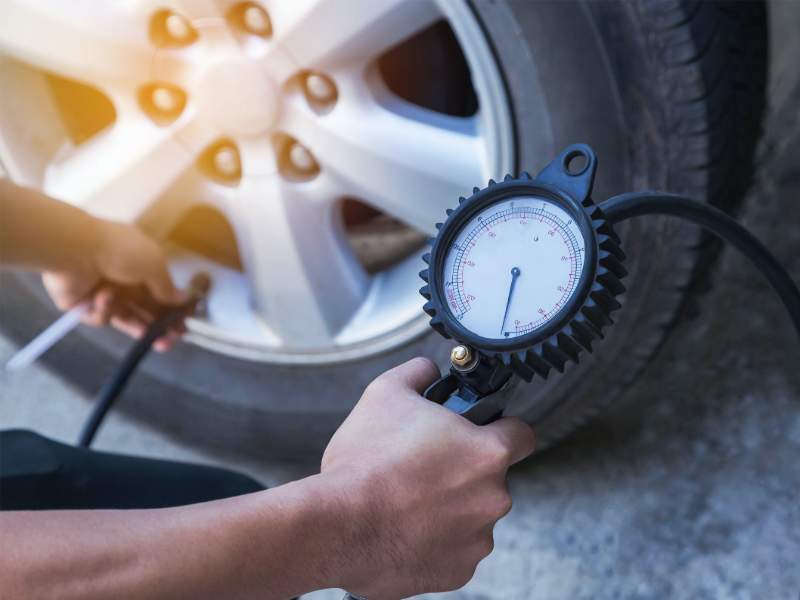
Since nitrogen is temperature-independent, it is an excellent choice for tires. Cold or warm, it means the same thing: pressure stability. Thus, its widespread usage in high-performance vehicles like race cars, jets, and trucks is understandable.
Disadvantages of Nitrogen in Tires
Even though nitrogen-filled tires are a great improvement, they still have some drawbacks.
Lack of Stations:

The lack of nitrogen filling stations is one of the drawbacks of nitrogen tires. Because they’re so unusual, you’ll want to keep spare tires ready just in case. The good news is that there are devices that allow you to fill your tires with nitrogen at home.
Price:
Nitrogen is a costly gas that is susceptible to price increases compared to free air. In the event of a rise in the cost of nitrogen gas, you may find yourself having to pay a little more.
Air Filled Tires
Air-filled tires are the usual commonly used type of tires. It is a mixture of nitrogen, oxygen, and many other gases. Let’s find out the advantages and disadvantages of air-filled tires usage.
Advantages of Air in Tires
Availability:
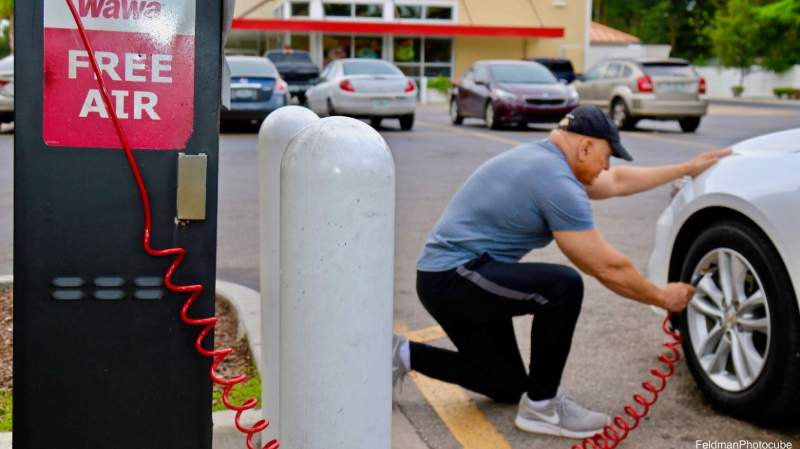
Regular air in tires is a popular choice for many individuals since they are readily available. It’s easy to get, and it’s pretty cheap. Refilling may be done for free or for a little fee at the majority of refill stations. As a result, inflation is less likely to affect the price of air for tires.
Fewer Requirements:
An air pump is all that is required to inflate your tires at home. Pumps are more easier and less expensive to get than the nitrogen ones. The cost of maintaining air-filled tires is low and uncomplicated.
Disadvantages of Air in Tires

Easy Leak:
The rapid loss of air pressure in tires is the primary drawback of air-filled tires. Small molecular structures of oxygen allow it to penetrate through the rubber. Because of this, the low-pressure issue is a problem.
Highly Reactive:
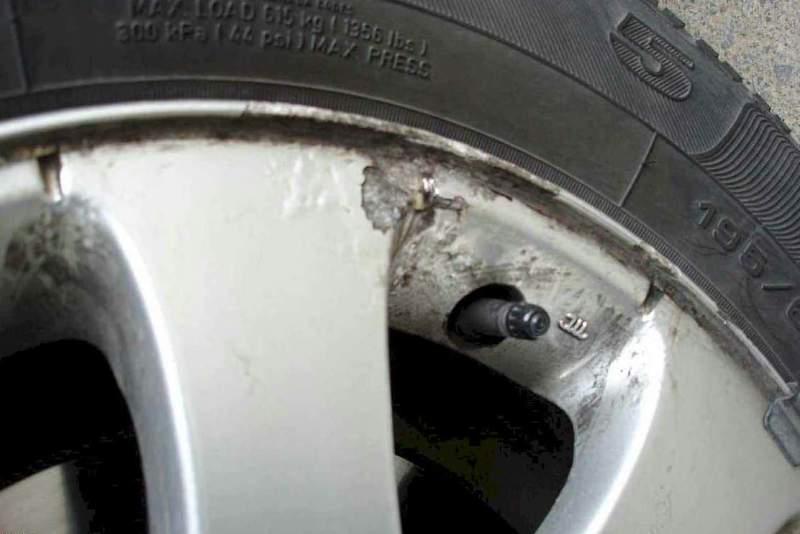
In addition, because oxygen reacts more readily, it can cause problems such as rust and wear in tires and wheels. This will shorten the tire’s lifespan.
Bad Driving Experience:
According to a comparison between the two options, most drivers prefer nitrogen-filled tires over air-filled tires when it comes to the driving experience. The argument is that air-pressurized wheels do not handle the road precisely, leading to an unpleasant driving experience.
Can you Mix Nitrogen and Air in Tires?
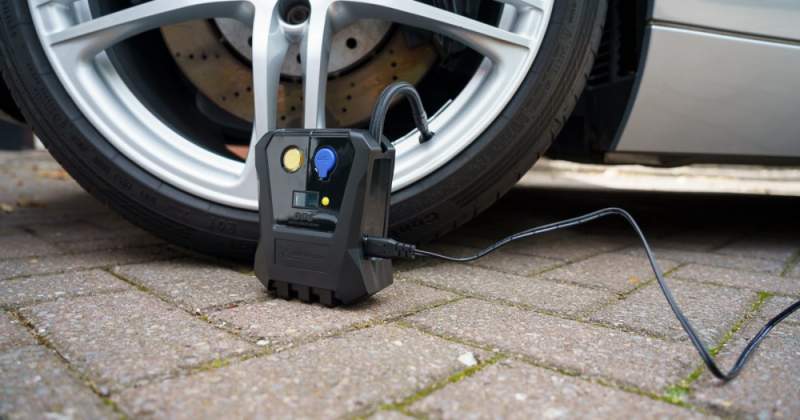
Assume you’re traveling on nitrogen tires when you suddenly have a flat, and there’s no nearby nitrogen station to help. Do you continue driving with a flat tire, or do you fill it up with air? Of course, you should fill it up!
Tires that are under-inflated are not safe to drive on. It is OK to use compressed air in tires previously inflated with nitrogen. No volatile chemical reaction will occur if the two are mixed together, although the nitrogen will lose some of its efficiency.
The good news is that the air we breathe includes 78 percent nitrogen, which is a significant amount. So the change might not be that much big.
Which Tire Provides better Mileage?
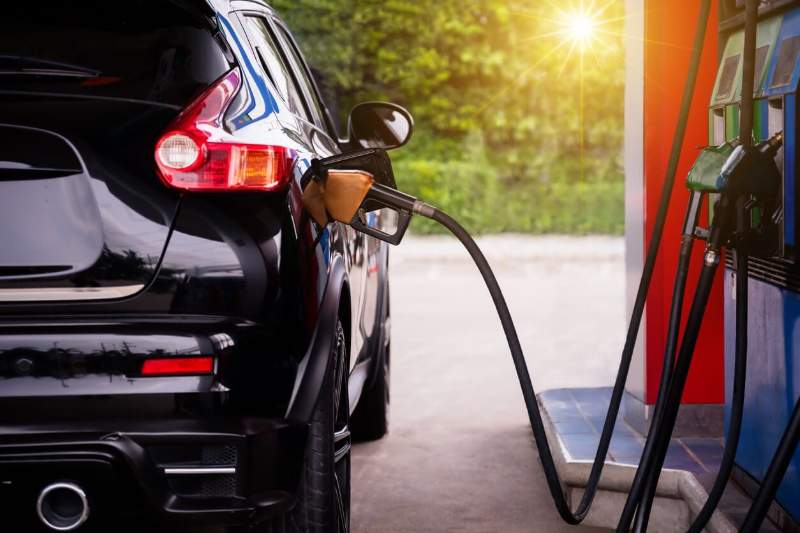
Nitrogen and air-filled tire mpg is an important topic to learn about. Each of the gases is evaluated on its fuel efficiency. Nitrogen has been recommended as a more fuel-efficient gas by several automotive experts.
In part, this is due to the fact that it leaks very slow out of the tires and also adds to their general tire health. A properly inflated tire provides a smooth ride with no hiccups.
There is a pressure loss due to the high air leakage in air-filled tires. As a result, the engine will require more gasoline to propel the vehicle. Ultimately, nitrogen wins in the mile-per-gallon contest.
Conclusion
The choice between nitrogen and air in tires is a difficult one. In the end, it all comes down to personal preference. Even if nitrogen appears to be a superior option, you will face obstacles like finding nitrogen gas for tires.
A few petrol stations are available, but you’ll be charged if you use them. Cost-free air pressurization is the norm at all gas stations for air-filled tires.
A smooth ride, long-lasting tires, and driving huge trucks or race cars are just a few of the reasons why nitrogen is a better choice than air. If you don’t have access to nitrogen-filling stations, regular air will be a better alternative.
It is also a good option for low-budget driving because tire maintenance is simple and won’t cost you a fortune.
Nitrogen is the way to go if you want a long-lasting vehicle with excellent ride quality. Otherwise, air-filled tires are the most cost-effective and convenient option available.


